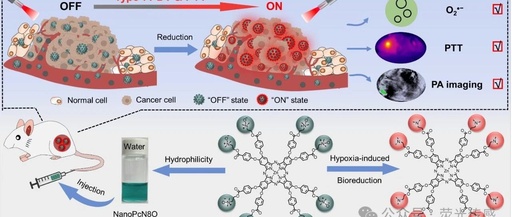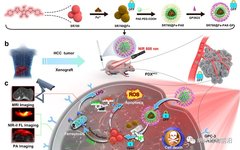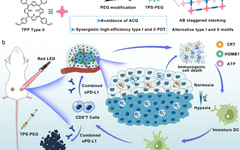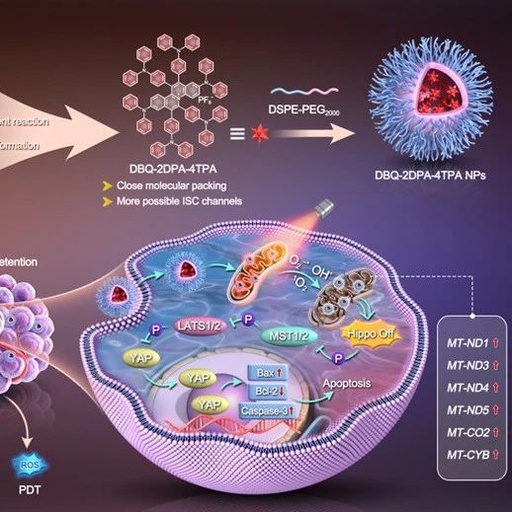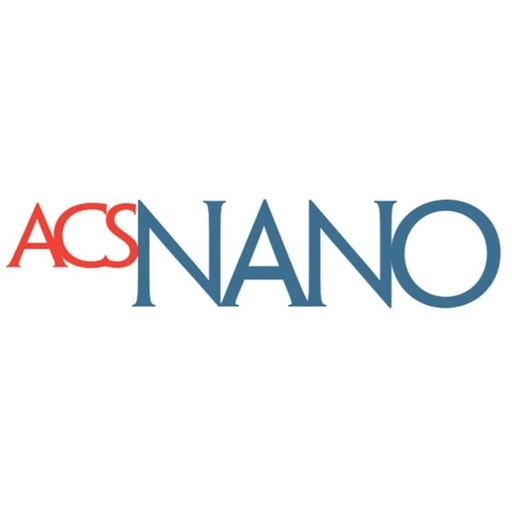Bacterial Microenvironment-Responsive Microneedle Patches for Real-Time Monitoring and Synergistic Eradication of Infection
Bacterial infections pose a significant threat to global public health, causing approximately one million deaths each year. Currently, antibiotic treatment remains the core strategy for managing bacterial infections. However, the long-term use of antibiotics exacerbates the development of bacterial resistance, even leading to the emergence of multidrug-resistant (MDR) strains. Therefore, the development of alternative antibacterial … Read more

